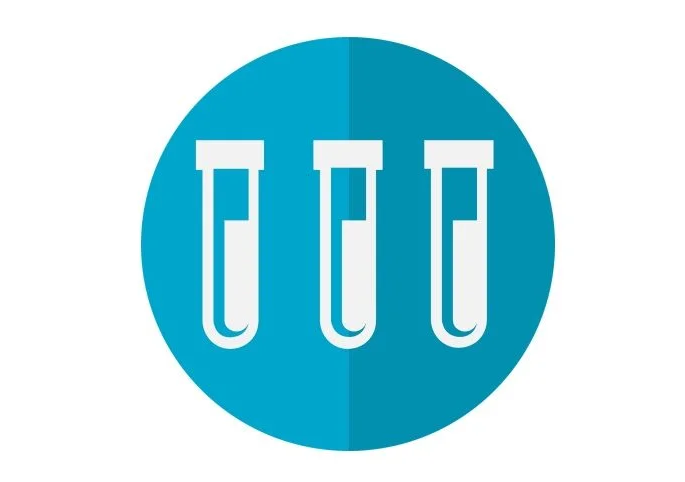New Evidence Supports Parallel Testing Strategies to Improve TB Diagnosis in Children and People Living With HIV
3 July 2025
Findings of two Cochrane Reviews have informed updated World Health Organization (WHO) guidelines on TB diagnosis.
Two new systematic reviews — one led by and the other co-authored by the Institute of Infectious Diseases and Tropical Medicine at LMU University Hospital Munich — provide evidence that parallel testing, using multiple diagnostic tests simultaneously, can significantly improve the detection of pulmonary tuberculosis (TB). This is especially true for children and people living with HIV. The findings, published in the Cochrane Library, a well-known and trusted source for high-quality health research, have helped shape updated World Health Organization (WHO) consolidated guidelines on tuberculosis (2025).
Parallel testing is crucial for diagnosing TB in vulnerable groups like children. Since they often cannot cough up sputum and require more invasice procedures to get a respiratory sample, it is difficult to apply standard approaches for the diagnosis of pulmonary TB. Combining different tests, for example based on respiratory, stool or urine samples, increases the chances of detecting TB early and accurately.
Cochrane Review CD016070, led by a team around Dr. Laura Olbrich at the Institute of Infectious Diseases and Tropical Medicine at LMU University Hospital Munich in collaboration with international partners, showed that using low-complexity nucleic acid amplification tests (LC-aNAATs) on both respiratory and stool samples increases detection rates in children compared to a single test. Adding a urine lateral flow lipoarabinomannan (LF-LAM) test further improves diagnosis in children living with HIV. The review included 14 studies including 2,145 children to assess parallel testing in children living with HIV and children without HIV. The findings show that the parallel use of LC‐aNAAT on respiratory and stool samples improves the diagnosis of tuberculosis (TB) in these groups.
In the second systematic summary (Cochrane Review CD016071), the researchers searched for studies that had investigated the accuracy of both respiratory LC‐aNAAT and urine LF‐LAM for TB in adults and adolescents living with HIV, and combined the results of these studies. They analyzed 27 studies with 12,651 participants from 19 low- and middle-income countries and found that testing with LC-aNAAT and LF-LAM improves TB detection in people living with HIV but also increases false positives.
Both reviews conclude that parallel testing has the potential to identify more tuberculosis cases in children and people living with HIV, respectively. In areas with low tuberculosis prevalence, it may also result in a higher number of false positives. However, in high-prevalence regions, the benefits of detecting additional true TB cases are likely to outweigh this effect.
The Cochrane Reviews
Olbrich L, Yang B, Poore H, Razid A, Sweetser B, Damkjær MW, Kay AW, Åhsberg J, Nathavitharana RR, Schiller I, Dendukuri N, Lundh A, Shah M, Bjerrum S, Jaganath D. Parallel use of low-complexity automated nucleic acid amplification tests on respiratory and stool samples with or without lateral flow lipoarabinomannan assays to detect pulmonary tuberculosis disease in children. Cochrane Database of Systematic Reviews 2025, Issue 6. Art. No.: CD016071. DOI: 10.1002/14651858.CD016071.pub2.
Bjerrum S, Yang B, Åhsberg J, Olbrich L, Damkjær MW, Nathavitharana RR, Broger T, Olaru ID, Sweetser B, Poore H, Razid A, Kay AW, Denkinger CM, Schiller I, Dendukuri N, Jaganath D, Lundh A, Shah M. Parallel use of low-complexity automated nucleic acid amplification tests and lateral flow urine lipoarabinomannan assays to detect tuberculosis disease in adults and adolescents living with HIV. Cochrane Database of Systematic Reviews 2025, Issue 6. Art. No.: CD016070. DOI: 10.1002/14651858.CD016070.pub2.
The WHO Guidelines
WHO consolidated guidelines on tuberculosis. Module 3: diagnosis. Geneva: World Health Organization; 2025. license: CC BY-NC-SA 3.0 IGO.
Source: Institute of Infectious Diseases and Tropical Medicine, LMU University Hospital Munich

